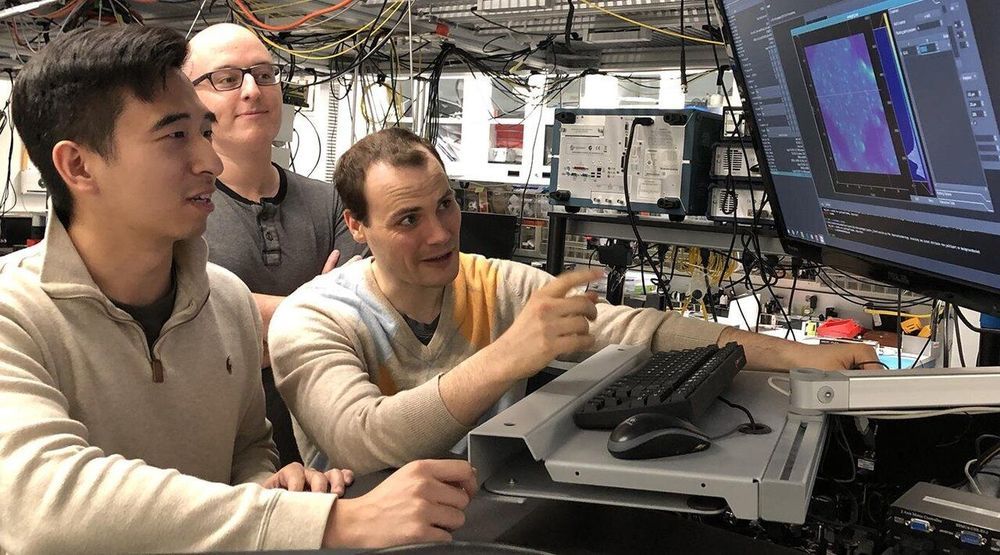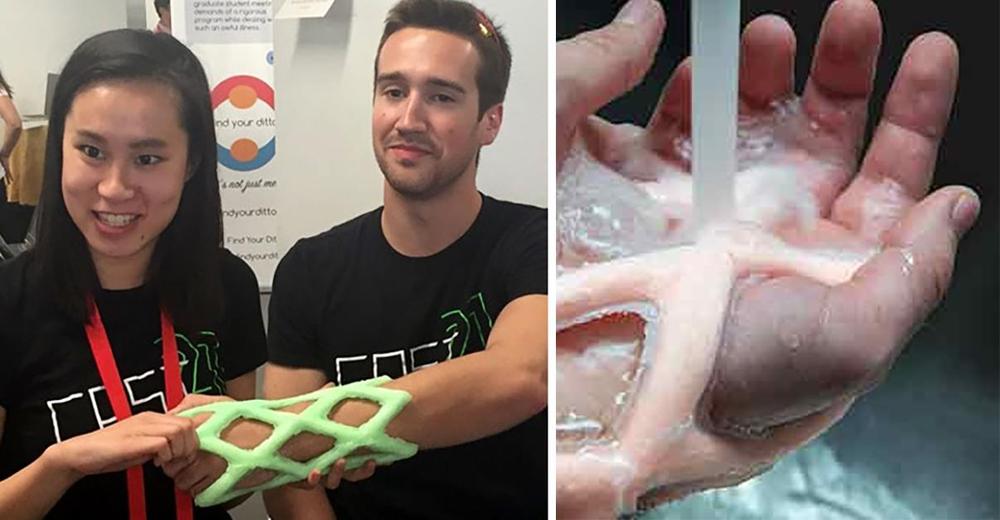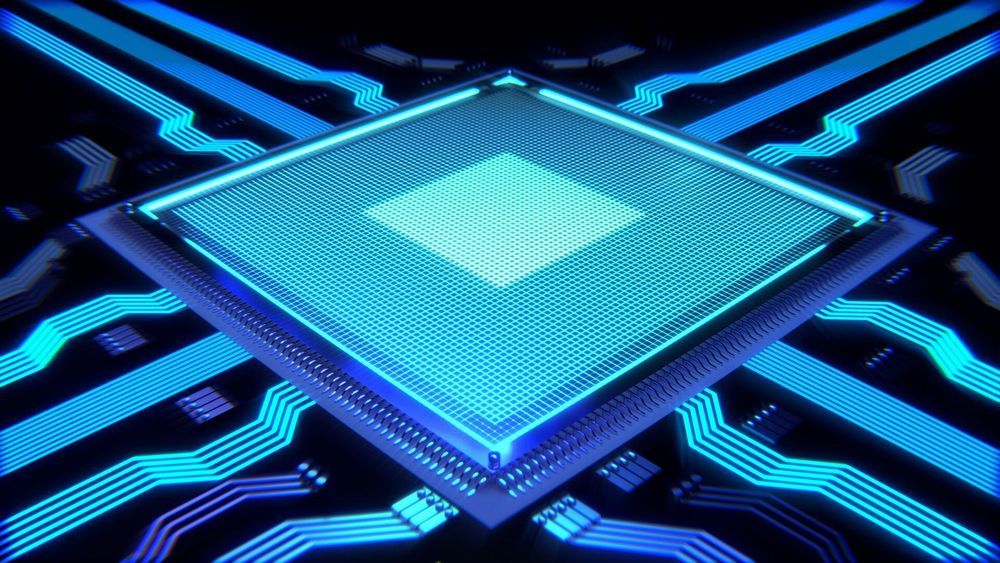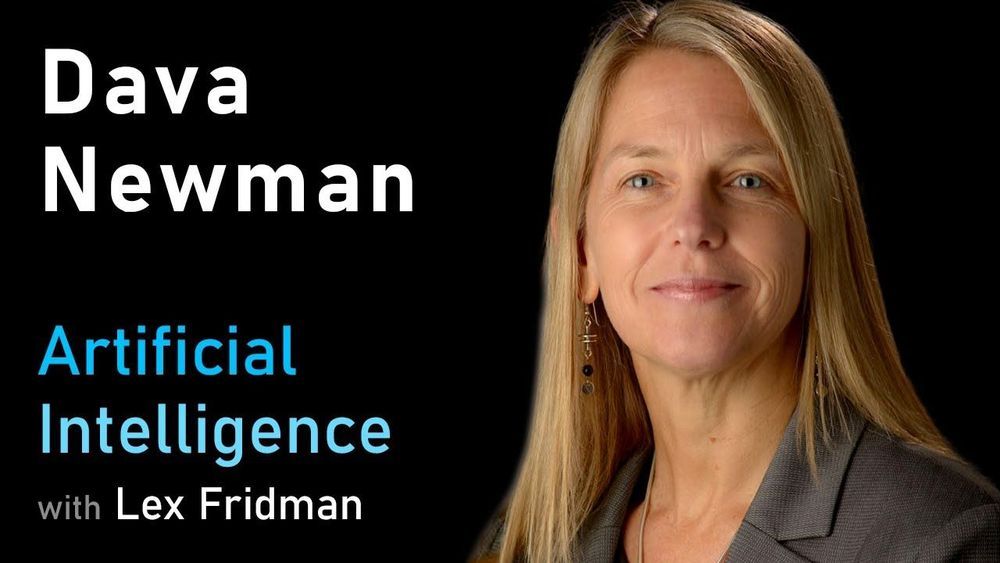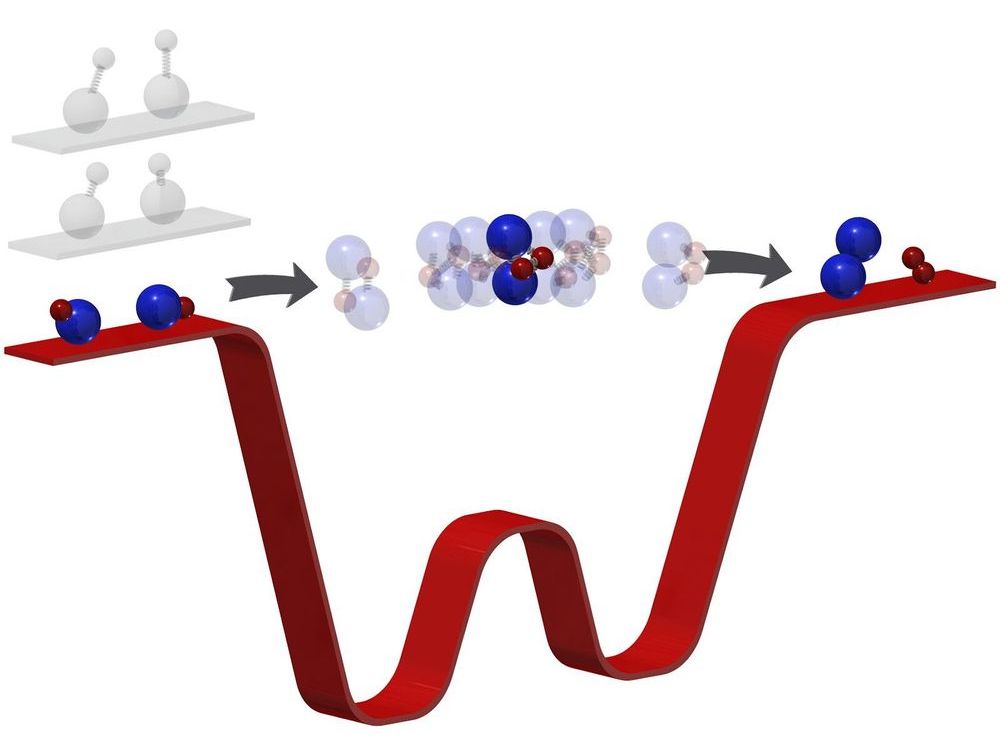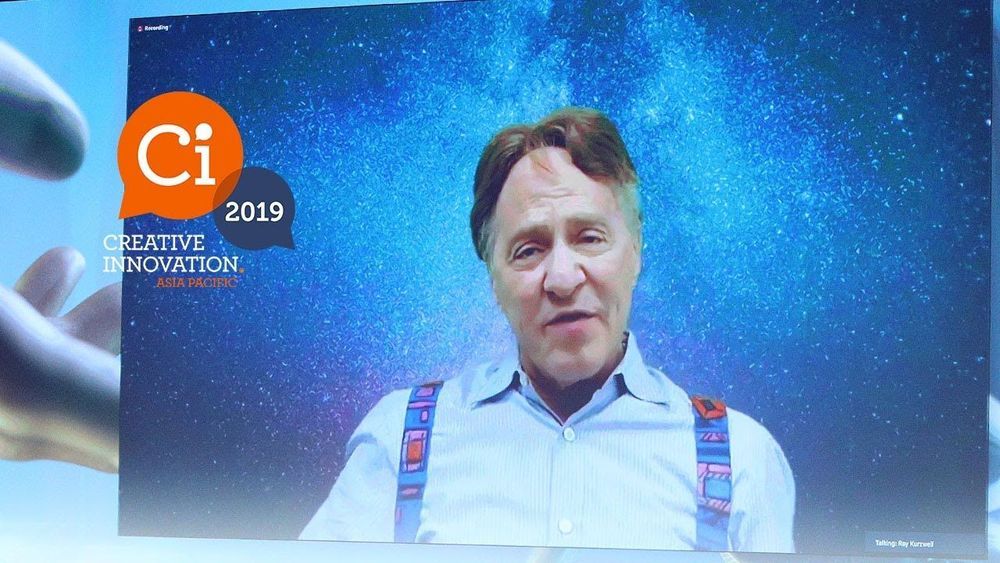Dec 18, 2019
I’m definitely not worried about the AI Apocalypse: John Giannandrea
Posted by Müslüm Yildiz in categories: engineering, quantum physics, robotics/AI
John Giannandrea, Vice President of Engineering with responsibility for Google’s Computer Science Research and Machine Intelligence groups; leading teams in Machine Learning, Machine Intelligence, Computer Perception, Natural Language Understanding, and Quantum Computing, “I’m definitely not worried about the AI apocalypse, I just object to the hype and soundbites that some people are making” said at the TechCrunch Disrupt conference in San Francisco.
Google’s John Giannandrea sits down with Frederic Lardinois to discuss the AI hype/worry cycle and the importance, limitations, and acceleration of machine learning.


